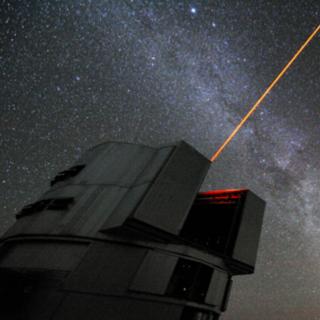Bibcode
Longeard, Nicolas; Jablonka, Pascale; Arentsen, Anke; Thomas, Guillaume F.; Aguado, David S.; Carlberg, Raymond G.; Lucchesi, Romain; Malhan, Khyati; Martin, Nicolas; McConnachie, Alan W.; Navarro, Julio F.; Sánchez-Janssen, Rubén; Sestito, Federico; Starkenburg, Else; Yuan, Zhen
Bibliographical reference
Monthly Notices of the Royal Astronomical Society
Advertised on:
10
2022
Citations
39
Refereed citations
34
Description
We present a new spectroscopic study of the dwarf galaxy Boötes I (Boo I) with data from the Anglo-Australian Telescope and its AAOmega spectrograph together with the Two Degree Field multi-object system. We observed 36 high-probability Boo I stars selected using Gaia Early Data Release 3 proper motions and photometric metallicities from the Pristine survey. Out of those, 27 are found to be Boo I stars, resulting in an excellent success rate of 75 per cent at finding new members. Our analysis uses a new pipeline developed to estimate radial velocities and equivalent widths of the calcium triplet lines from Gaussian and Voigt line profile fits. The metallicities of 16 members are derived, including 3 extremely metal-poor stars ([Fe/H] < -3.0), which translates into a success rate of 25 per cent at finding them with the combination of Pristine and Gaia. Using the large spatial extent of our new members that spans up to 4.1 half-light radii and spectroscopy from the literature, we find a systemic velocity gradient of 0.40 ± 0.10 km s-1 arcmin-1 and a small but resolved metallicity gradient of -0.008 ± 0.003 dex arcmin-1. Finally, we show that Boo I is more elongated than previously thought with an ellipticity of ϵ = 0.68 ± 0.15. Its velocity and metallicity gradients as well as its elongation suggest that Boo I may have been affected by tides, a result supported by direct dynamical modelling.
Related projects

Galaxy Evolution in the Local Group
Galaxy formation and evolution is a fundamental Astrophysical problem. Its study requires “travelling back in time”, for which there are two complementary approaches. One is to analyse galaxy properties as a function of red-shift. Our team focuses on the other approach, called “Galactic Archaeology”. It is based on the determination of galaxy
Emma
Fernández Alvar